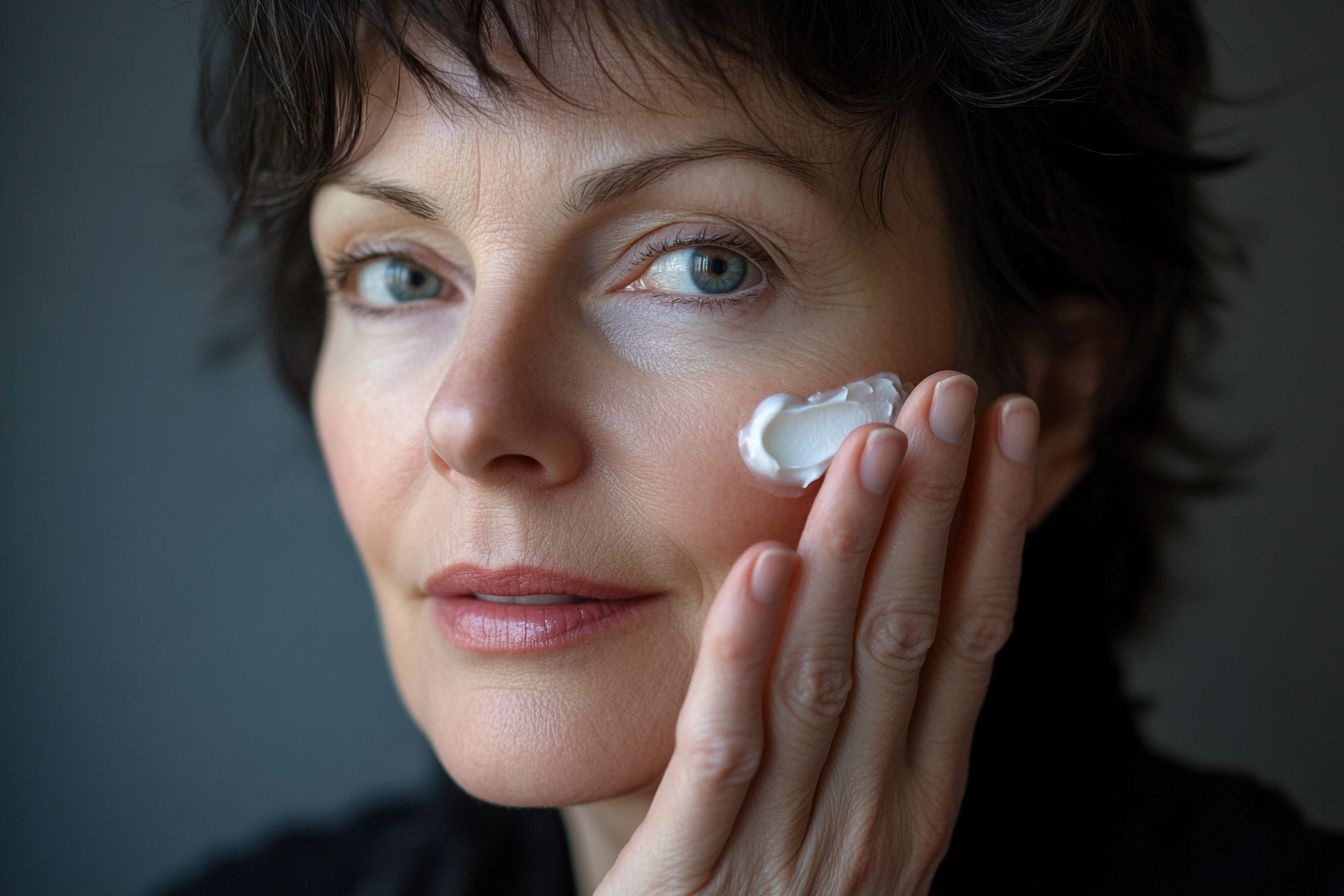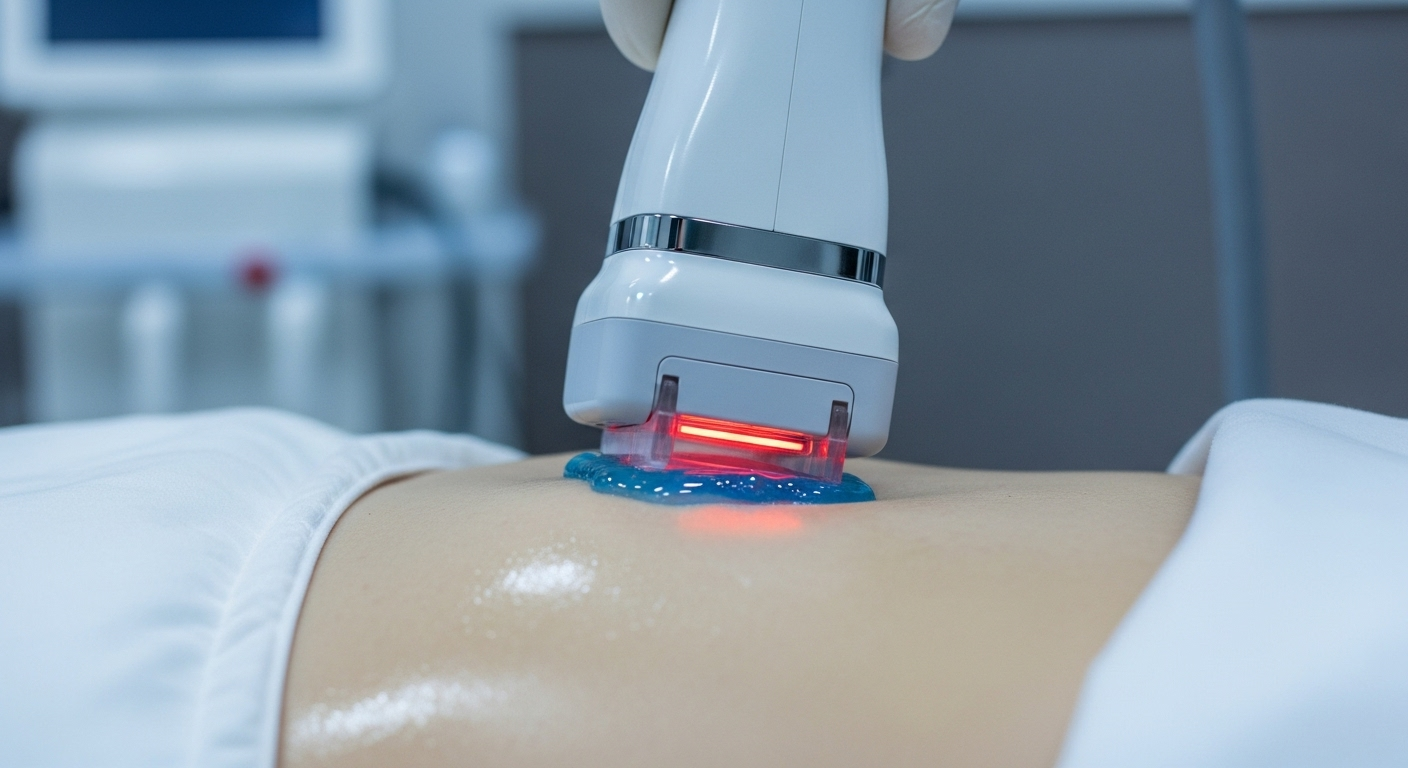Combating Eye Bags: Strategies for Refreshed Eyes
Eye bags are a common concern that affects people of all ages, genders, and backgrounds. These puffy, swollen areas beneath the eyes can make us look tired, stressed, or older than we feel. While some individuals may be genetically predisposed to eye bags, various factors contribute to their appearance, including lack of sleep, dehydration, allergies, and the natural aging process. As our understanding of skin health and cosmetic treatments has evolved, so too have the methods for addressing this persistent aesthetic issue. From innovative skincare ingredients to advanced medical procedures, the field of eye bag treatment has seen significant advancements in recent years, offering hope to those seeking a more youthful and refreshed appearance.

The Role of Lifestyle in Eye Bag Formation
While genetics play a significant role in the development of eye bags, lifestyle factors can exacerbate their appearance. Lack of sleep is perhaps the most well-known culprit, as it can lead to fluid accumulation and increased inflammation in the under-eye area. Excessive alcohol consumption and high-sodium diets can also contribute to fluid retention, making eye bags more pronounced. Smoking, exposure to UV radiation, and chronic stress are additional factors that can accelerate the breakdown of collagen and elastin, leading to sagging skin and more noticeable eye bags. By addressing these lifestyle factors, many individuals can see a significant improvement in the appearance of their under-eye area.
Topical Treatments: The First Line of Defense
For many people, topical treatments are the first step in combating eye bags. The skincare industry has made significant strides in developing effective ingredients targeting this specific concern. Caffeine, for example, has gained popularity for its ability to constrict blood vessels and reduce puffiness. Peptides, such as palmitoyl tetrapeptide-7, help stimulate collagen production and improve skin elasticity. Vitamin K has shown promise in reducing the appearance of dark circles, which often accompany eye bags. Hyaluronic acid, a powerful humectant, can help hydrate the delicate under-eye area, plumping the skin and minimizing the appearance of fine lines. When choosing eye creams or serums, look for products that combine these ingredients for a multi-faceted approach to eye bag reduction.
Advanced Non-Invasive Treatments
For those seeking more dramatic results than topical treatments can provide, a range of non-invasive procedures has emerged in recent years. Radiofrequency treatments, such as Thermage, use heat energy to tighten existing collagen and stimulate new collagen production, resulting in firmer, more youthful-looking skin around the eyes. Ultrasound therapies like Ultherapy work similarly, penetrating deeper layers of the skin to lift and tighten the area. Cryotherapy, or cold therapy, has also gained traction for its ability to reduce inflammation and puffiness. These treatments offer the advantage of little to no downtime while providing noticeable improvements in the appearance of eye bags.
Surgical Solutions for Persistent Eye Bags
In cases where non-invasive treatments prove insufficient, surgical options can provide more dramatic and long-lasting results. Blepharoplasty, or eyelid surgery, is a common procedure that removes excess fat and skin from the lower eyelids, effectively eliminating eye bags. This surgery can be performed using traditional techniques or with laser technology for more precise results and quicker recovery times. While more invasive than other treatments, blepharoplasty offers a permanent solution for those with severe eye bags. However, it’s essential to consult with a board-certified plastic surgeon to determine if this option is appropriate and to understand the potential risks and benefits.
The Impact of Diet and Nutrition
The saying “you are what you eat” holds particularly true when it comes to skin health, including the delicate under-eye area. A diet rich in antioxidants can help protect the skin from free radical damage, which contributes to premature aging and the formation of eye bags. Foods high in vitamin C, such as citrus fruits and bell peppers, support collagen production, while omega-3 fatty acids found in fish and nuts help maintain skin elasticity. Staying hydrated is crucial, as dehydration can exacerbate the appearance of eye bags. Some studies have also suggested that reducing salt intake can help minimize fluid retention, potentially reducing puffiness around the eyes.
The Role of Sleep Positioning
While getting adequate sleep is essential for overall skin health, the position in which we sleep can also impact the formation of eye bags. Sleeping on your back with your head slightly elevated can help prevent fluid accumulation in the under-eye area. This position allows gravity to work in your favor, draining excess fluid away from your face. For side sleepers, using a firmer pillow to keep your head elevated can help. Some skincare experts even recommend sleeping on silk or satin pillowcases, as these materials create less friction and are gentler on the delicate skin around the eyes.
Emerging Technologies in Eye Bag Treatment
As technology continues to advance, new treatments for eye bags are constantly emerging. One promising area is the use of growth factors and stem cell-derived ingredients in skincare products. These cutting-edge components aim to rejuvenate the skin at a cellular level, potentially offering more significant and longer-lasting results than traditional ingredients. Another area of innovation is in the field of light therapy. Devices using specific wavelengths of light have shown potential in reducing inflammation and stimulating collagen production in the under-eye area. While many of these technologies are still in the early stages of development, they offer exciting possibilities for the future of eye bag treatment.
In conclusion, the battle against eye bags is multifaceted, requiring a combination of lifestyle changes, targeted skincare, and potentially more advanced treatments. As our understanding of skin aging and the factors contributing to eye bag formation continues to grow, so too do our options for addressing this common concern. By taking a comprehensive approach that includes proper skincare, healthy lifestyle choices, and carefully selected treatments, it’s possible to achieve a more refreshed and youthful appearance around the eyes. As with any aesthetic concern, it’s essential to consult with skincare professionals or dermatologists to develop a personalized strategy that addresses your unique needs and goals. With the right approach, those persistent eye bags can become a thing of the past, revealing a brighter, more vibrant you.




